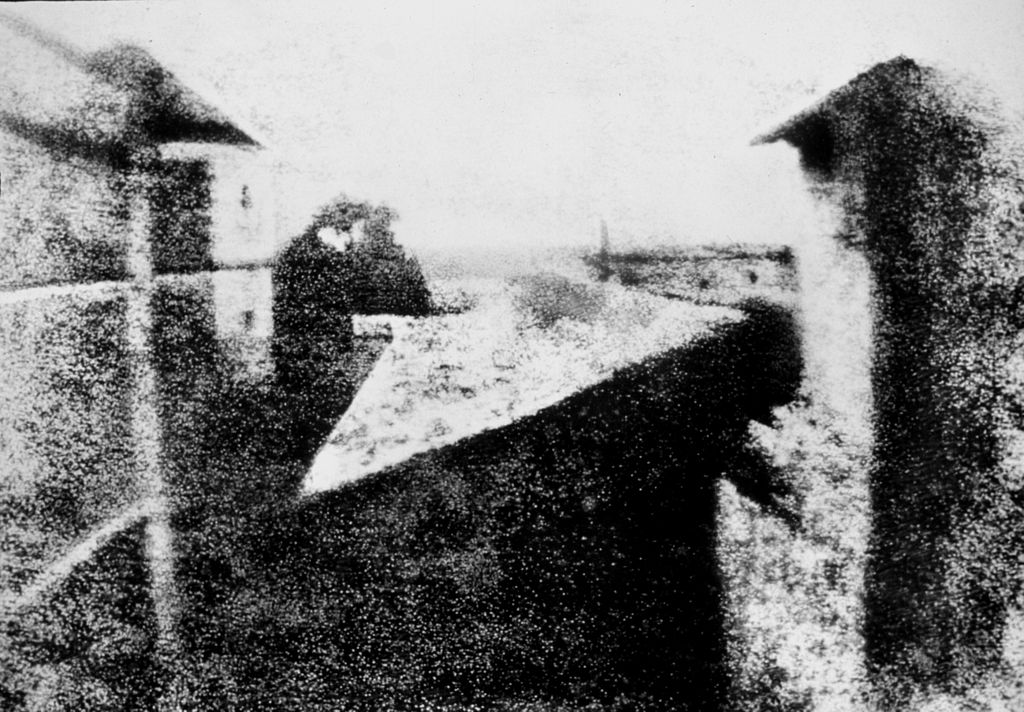Cover header image by Oliver Tank Photography
Dave Seeram is the editor and publisher of of PhotographyBB Magazine and “CLARITY: PHOTOGRAPHY BEYOND THE CAMERA.” He is also a photographer, Canucks fan, Lost-ie, Apple fanboy, Dad, blogger, entrepreneur, and part-time superhero.
The subject of file backups is anything but romantic. As photographers, we’re all too familiar with the importance of backing up our digital images. Unfortunately for many of us, that importance is realized only after a catastrophic loss of files. Thankfully, we live in an era where the art of file backups is easier than ever before. So, rather than continuing to beat the backup-mantra to death, today’s story will brush beyond the importance of redundancy to something even more vital. Today, let’s rekindle the photographic romance as we contemplate the need for the longevity of your photographs.
Simpler Times. Bigger Challenges.
Take a short step back in time with me—if you will—to the first photograph known to still exist. The earliest known surviving photograph is widely accepted to be that of Joseph Nicéphore Niépce, dating back to the year 1826—nearly 200 years ago. In these early days, photographs were thoughtfully-made, and with purpose. Not that they aren’t today, but back then, they had to be. Photo-making was an intensive process and these early days of photography came with their fair share of challenges: light-leaks, the developing process and working with chemicals in darkrooms, and patience beyond measure of today. Simpler times.

View from the Window at Le Gras, Joseph Nicéphore Niépce – Public Domain
“Simpler times” is a relative term. While us future-folk no longer need to worry about swapping out flash bulbs after every exposure (remember those cute little rotating cubic flash bulbs?), the photographers of days gone by never had to worry about things like managing hundreds or thousands of photographs taken in one afternoon.
We are presented with new challenges as technology evolves. While it’s a modern-day concern for us, the one thing our photographic forefathers never worried about was how they were going to manage their image catalogue for the future. Time Machine backups and cloud services weren’t even a wild dream to those good folks, but they are a real issue for us as digital photographers.
So in this brave new photographic world, if we want our images to last 200 years or more, we need to consider a backup strategy that will adapt with changing technologies.
The problem is not the files themselves, not yet—it’s the longevity of the technology used to retrieve them. Hard drives are cheap enough. USB sticks and memory cards hold hundreds of photographs. And now, we have cloud storage too. I have stacks of writeable CDs with thousands of photographs. Once upon a time, I even had a ZIP drive—anyone else remember those?
Today, I’d be hard-pressed to find a SCSI port for that old ZIP drive. Additionally, CD/DVD drives will soon be obsolete. It’s just a matter of time before that clunky USB port will meet its demise too.
Transferring files from old mediums is cumbersome and time-consuming, which makes “the cloud” an enticing backup solution. Let the cloud service provider handle the technology upgrades and data migration for you, and all you need to worry about is remembering your password. But again, 200 years from now when future generations want to look back into their history, they will face two challenges: Will the cloud provider still exist? If so, they’ll be saying, “What the heck was the password?”
The Solution
Of course, we still must be both practical and vigilant in protecting our image files. Every photographer has their own backup regiment, and mine is probably similar to most. The memory card goes into my computer and I import into Lightroom, which simultaneously makes a duplicate copy of the files onto a separate external drive. That particular drive happens to be on a RAID backup system. My files are also automatically backed up to a cloud service provider as my offsite backup. And then, when time permits, I process and print my favorites. Perhaps it’s true that printing isn’t exactly a backup strategy. It is a survival strategy beyond that of digital file backups.
Ensuring the longevity of our photographs should be thought of as more of a selfless pursuit. Naturally, you value your own photographs, but just imagine how future generations will cherish the images you’ve created in your time. Pictures are how we’ve always told stories. It’s vitally important to ensure yours will be accessible in the future. Otherwise, what’s the point?
While technology continues to evolve, keep at it with your backups. However, I also recommend printing or developing your photographs. Don’t let the photo-making process end with your Facebook Wall. Make your favorite photographs tangible, create photo books for every memorable occasion, and build albums that tell your stories. A fine art print, or even just a regular ol’ high-quality print, will outlast any living photographer and generations to come. Can you—with confidence—say the same for your digital files?
If you enjoyed this article and would like to learn more about backup strategies, DIY vs. cloud services, and other photography-related subjects, click here to download a complimentary PDF edition of CLARITY: PHOTOGRAPHY BEYOND THE CAMERA, where we discuss these topics as well as techniques for making better photographs.
Got any questions for me? Leave a comment below!







Leave a reply